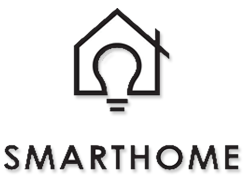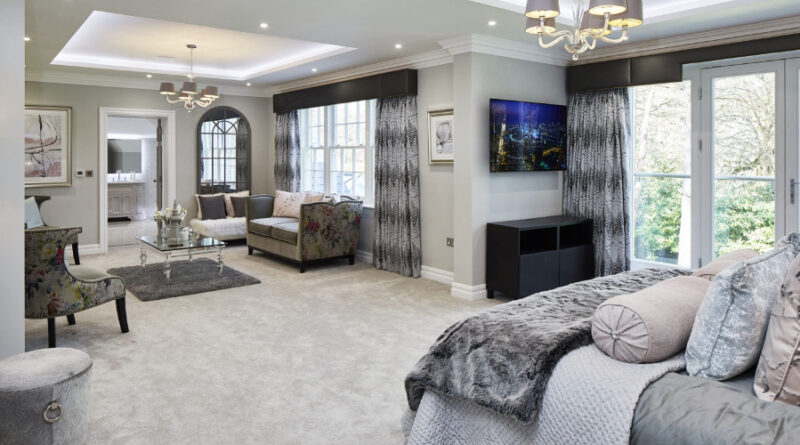Smart Home Design Tips: Creating a Functional and Stylish Living Space
As technology continues to advance, the concept of a smart home has become increasingly popular. A smart home is a living space that is equipped with devices and systems that can be controlled remotely or automatically, making life more convenient and comfortable. However, designing a smart home requires careful planning and consideration. Here are some smart home design tips to help you create a functional and stylish living space.
Start with a Smart Home Hub
A smart home hub is the central control system that connects all your smart devices and systems. It allows you to control and monitor your smart home from a single app or device. When designing a smart home, it’s important to choose a hub that is compatible with all the devices and systems you plan to use.
Choose Smart Lighting
Smart lighting is a great way to enhance the functionality and style of your home. With smart lighting, you can control the intensity and color of your lighting, create schedules and scenes, and even use voice commands to turn your lights on and off. Choose smart bulbs and fixtures that are compatible with your smart home hub.
Invest in Smart Thermostats
A smart thermostat can help you save energy and money by automatically adjusting the temperature in your home based on your preferences and daily routines. It can also be controlled remotely or through voice commands. Look for a smart thermostat that is compatible with your smart home hub and your HVAC system.
Smart homes
Smart homes are dwellings that use advanced technology to automate and control various systems, including lighting, security, entertainment, and heating and cooling. Smart thermostats for home are a key component of a smart home system, allowing homeowners to control their heating and cooling systems remotely using a smartphone app or voice commands. These devices can learn a homeowner’s schedule and adjust the temperature accordingly, saving energy and money on utility bills. Some smart thermostats for home also have sensors that detect when the home is empty, adjusting the temperature to save even more energy. Popular brands of smart thermostats for home include Nest, Ecobee, and Honeywell. By incorporating smart thermostats for home into a smart home system, homeowners can create a more energy-efficient and comfortable living environment.
Consider Smart Security Systems
Smart security systems can help you keep your home and your family safe and secure. They can include features like cameras, motion sensors, and alarms that can be monitored and controlled remotely. Choose a smart security system that is compatible with your smart home hub and provides the features you need to feel secure.
Optimize Your Wi-Fi Network
A strong and reliable Wi-Fi network is essential for a smart home. Make sure you have a high-speed internet connection and a Wi-Fi router that can handle the demands of all your smart devices and systems. Consider using Wi-Fi extenders or mesh networks to ensure reliable coverage throughout your home.
Conceal Your Cables and Wires
A smart home can come with a lot of cables and wires, which can be unsightly and create clutter. Consider concealing your cables and wires by using cable organizers, in-wall cable management systems, or furniture with built-in cable management.
Choose Stylish Smart Home Devices
Smart home devices don’t have to be boring or unsightly. Many smart devices are designed with style and aesthetics in mind. Choose devices that complement your home’s decor and add to its style and functionality.
In conclusion, designing a smart home requires careful planning and consideration. Start with a smart home hub, choose smart lighting, invest in smart thermostats and security systems, optimize your Wi-Fi network, conceal your cables and wires, and choose stylish smart home devices. With these smart home design tips, you can create a functional and stylish living space that enhances your lifestyle and makes life more convenient and comfortable.

